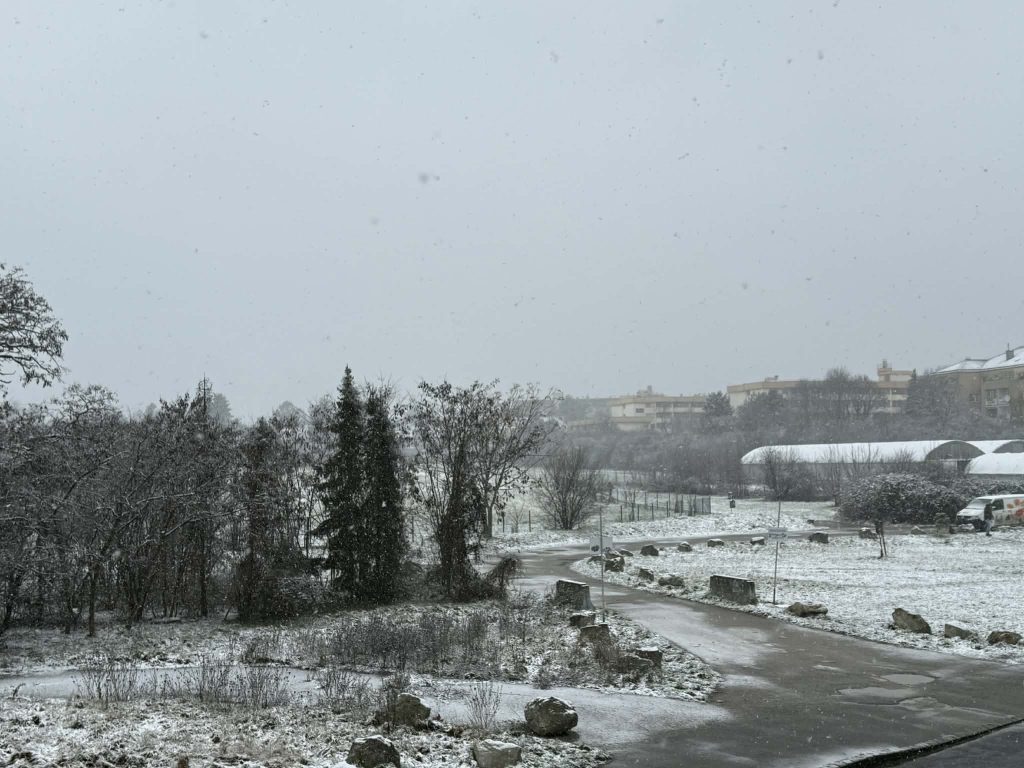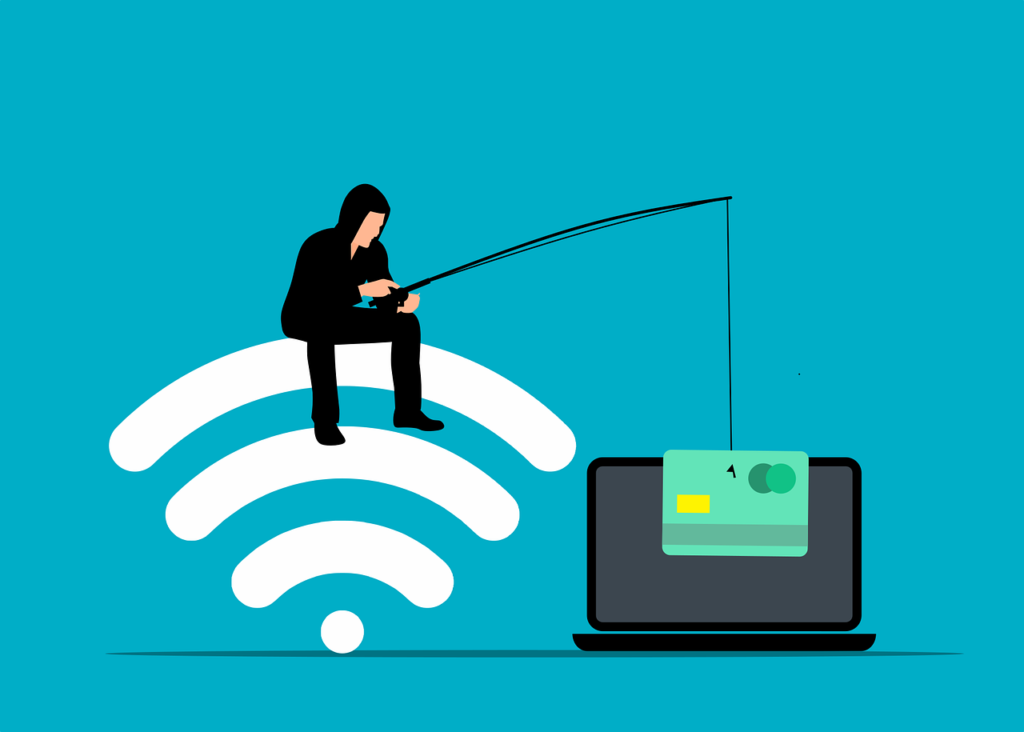The sub-zero temperatures have Austria firmly in their grip and promote the spread of viruses. An expert explains why.
Colds, coughs, and fevers—although the number of coronavirus infections is slowly declining, other respiratory diseases keep workplaces and classrooms empty. According to ÖGK, over 200,000 insured persons were reported sick in the year’s first week. The virology department at MedUni Vienna also recorded increased influenza virus activity. “This signals the start of the flu epidemic in Austria,” says virologist Monika Redlberger-Fritz.
The enormous cold snap in the country is also playing into the viruses’ hands at the moment. The current temperatures below zero significantly increase the risk of catching a cold.
“Viruses love the dry cold; that’s undisputed. The colder it is, the longer a virus can survive on a surface and the better it can spread,” explains the expert.
The cold also weakens our immune system, so to speak. At low temperatures, the blood vessels contract. The blood flow in the mucous membranes is restricted, meaning fewer immune cells circulate, which could fight off cold viruses. The low humidity also dries the mucous membranes, weakening the natural virus barrier. But that’s not all. The cold air also inhibits the movement of the cilia in the airways, creating gaps in the body’s own line of defense, so to speak, making it easier for viruses to penetrate.
However, cold air alone has never made anyone ill. It always takes viruses to cause a cold, cough, or other symptoms. So the best protection – if complete isolation is impossible, is to wash your hands and wear a mask.
- source: heute.at/picture: pixabay.com
This post has already been read 3031 times!



